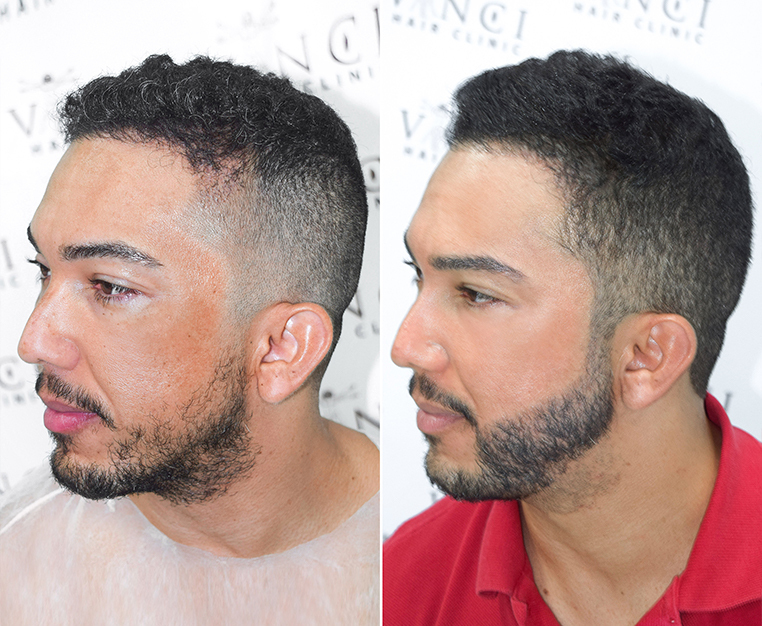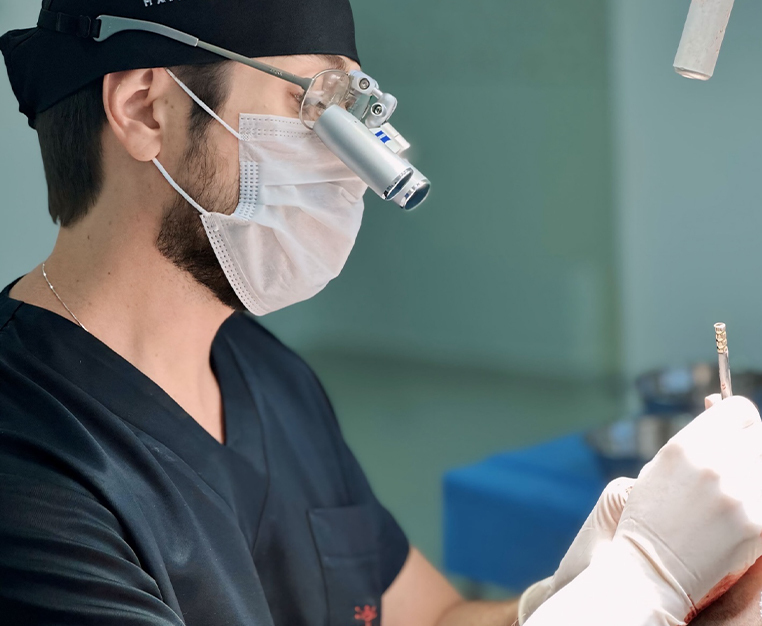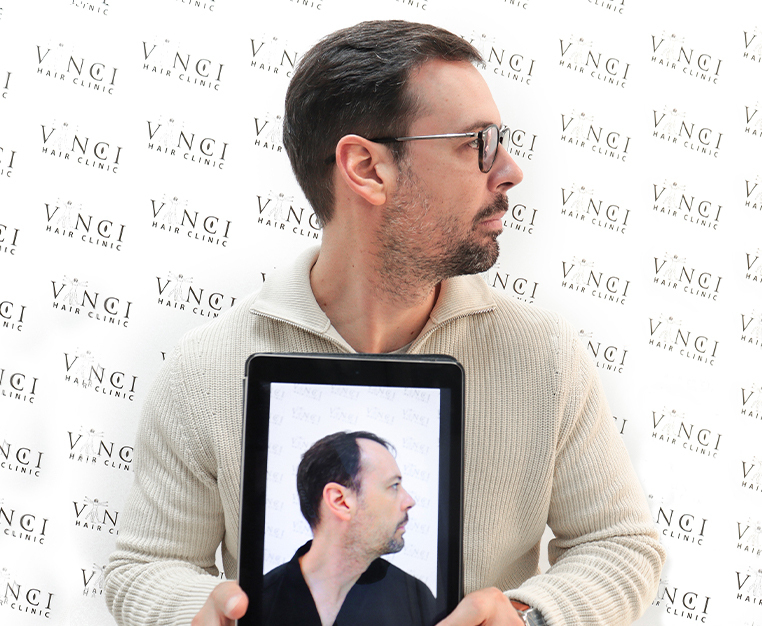Hair loss is a common hair condition that affects at least 50% of men and women. A handful of factors can cause hair loss among them diet, lifestyle, medication, underlying health issues, hereditary, or even due to mechanical damages either by pulling or tension. While hair loss does not have any significant physical harmful effects, it can affect a person’s emotional well-being. This article talks about traction alopecia, a hair loss condition caused by mechanical damages, and how it can be treated or stopped.
What Is Traction Alopecia?
The medical term professionals use for hair loss is alopecia. Traction alopecia is a common type of hair loss caused by mechanical damage to the hair follicles by repeated pulling or tension. It is a common hair loss condition among individuals with skin of colour, particularly Africans or African American women. Traction alopecia can also be seen among all other groups, ages, and genders.
What Causes Traction Alopecia?
Wearing hairstyles that pull the hair may lead to traction alopecia over a long period of time. You can develop traction alopecia if you wear your hair in a tight ponytail, braids, weave, buns, cornrows, heavy locks, or any hairstyle that pulls the hair. The repeated or constant pulling of the hair causes the hair to loosen from the follicles. Wearing such hairstyles on relaxed hair can lead to further damages. These hairstyles or pulling of the hair may lead to gradual hair loss and scarring of the hair follicles.
What Are The Symptoms Of Traction Alopecia?
Traction alopecia symptoms include; receding hairlines, bumps, or pimples around the follicles, redness, and inflammation of the scalp. Prolonged inflammation can also lead to loss of hair. Other symptoms of traction alopecia may include; coloured flesh or white bumps around the hair follicles of the pulled hair after which you may start to notice some hair loss. This type of hair loss typically starts at the hairline.
Traction alopecia is a reversible or temporary hair loss condition if treated on time. In cases where the cause is not removed, it can lead to permanent hair loss.
How To Treat Or Stop Traction Alopecia?
Traction alopecia can easily be corrected in the early stages. However, severe traction alopecia may require more aggressive treatments such as antibiotics, topical steroids, and topical minoxidil. In this part of the article, we would discuss how to treat and how to prevent traction Alopecia. To treat traction alopecia, please see a doctor or a dermatologist.
Treatments Options For Traction Alopecia
Avoid tight hairstyles: Since the first cause of traction alopecia is pulling of the hair strands from wearing tight hairstyles, the main treatment is to change hairstyles. Avoid wearing your hair in tight buns or ponytail and loosen your hair while going to bed.
Oral antibiotics
Oral antibiotics are used to treat or prevent infections in open sores. It is also used to treat inflammation on your scalp.
Topical steroids
Topical steroids are also used to treat inflammation from traction alopecia. They also work effectively for reducing any swelling on the scalp.
Topical minoxidil
Minoxidil is a vasodilator meaning that it enlarges the blood vessels to deliver more oxygen-rich blood to the hair follicles. This helps to promote the regrowth of thicker and stronger hair.
Antifungal shampoo
Antifungal shampoos like ketoconazole can help to treat the symptoms of traction alopecia and aid in the regrowth of lost hair. It works by increasing blood circulation to the scalp and reduce the effect of inflammation caused by pulling the hair.
Hair transplant surgery
Once the hair follicles stop producing hair due to the effect of traction alopecia, the above-mentioned treatments may not be effective. In this case, hair transplant surgery may be the best option.
How To Prevent Traction Alopecia In The First Place
Managing the risk factors which can lead to traction alopecia is one way of making sure it doesn’t ruin your hair. Below are some of the things you can watch out for and avoid to look after your hair.
- Avoid or limit the use of chemicals: Hair products like relaxers can cause severe damage to the hair follicles as well as your overall physical health. Relaxers are made up of chemicals that counteract the natural properties of the hair. These chemicals seep through the skin and into the bloodstream, causing severe damage to the hair and health.
- Avoid tight hairstyles: Wearing tight hairstyles such as buns, ponytails, and cornrows can result in moderate to severe traction alopecia. To prevent this condition, it is advised not to wear your hair in these styles if possible.
- Change hairstyles frequently: One of the best ways to prevent traction alopecia is by changing hairstyles often. Wearing the same hairstyle for a long time may result in loss of hair. Also always wear loose hairstyles.
- Use hair growth products: Support your hair with highly nourishing products for stronger and thicker hair growth.
- Limit the use of hot tools: Using hot styling tools such as curling irons, flat irons, tongs, or blow dryers may strip your hair of its natural oils and proteins. The heat from the tools breaks down the bonds that hold together the hair components. Overexposure of the hair to heat can permanently damage the structure of your hair.
Seeking Help Dealing With Traction Alopecia and Hair Loss
Vinci Hair Clinic is on hand to help you recover from hair loss due to traction alopecia. It’s never too late to seek help with hair loss, whether you’ve just noticed it or it’s been going on for a while. For your peace of mind, you can book a free consultation with one of the hair specialists. The doctors will then be able to advise on the best treatment available, whether medical or surgery. Get in touch to book your consultation today.






